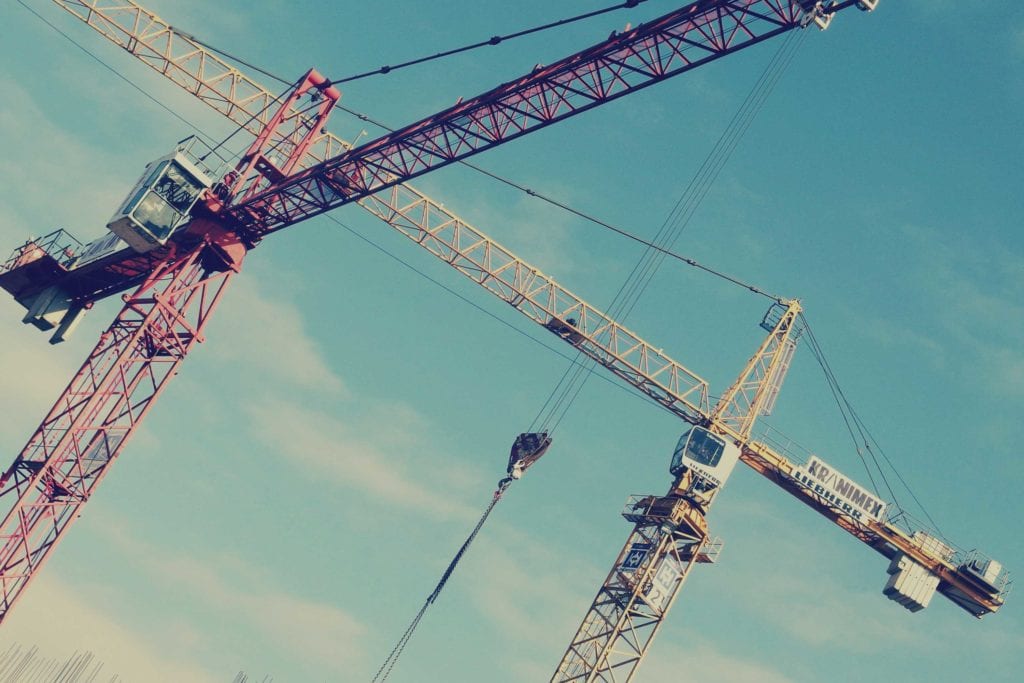Building sustainably has been a guideline for several segments. We know that it is no longer possible to indiscriminately use the resources given by nature and that conserving the environment in which we live is vital if community life is to be more balanced. According to the Ministry of the Environment, the construction sector plays an important role in the overall development of sustainable development, as it is one of the sectors that consume the most natural resources.
“In addition to the impacts related to the consumption of matter and energy, there are those associated to the generation of solid, liquid and gaseous wastes. It is estimated that more than 50% of solid waste generated by all human activities comes from construction,” notice.
In the quest to minimize the environmental impacts caused by construction, the paradigm of sustainable construction arises. Under Agenda 21 for Sustainable Construction in Developing Countries, sustainable construction is defined as: “a holistic process that aims at restoring and maintaining harmony between natural and built environments, and creating settlements that affirm human dignity And encourage economic equity. ”
In the context of sustainable development, the concept transcends environmental sustainability to embrace economic and social sustainability, which emphasizes adding value to the quality of life of individuals and communities.
What is?
Sustainable construction is a way of building homes and buildings, harmonizing them with the environment. Throughout its production and post-construction, it seeks to reduce impacts to nature by reducing waste as much as possible and efficiently using natural materials and goods, such as water and energy. In addition, it is essential to apply recyclable materials and less environmental impact, such as reforested woods and adobe brick, for example.
The application of this concept entered the list of architects after the Oil Crisis, given in the 1970s, reducing the use of energy and looking for new ways of using it. After the end of the crisis, the concept did not disappear, since the tendency to take sustainability more and more seriously only evolved from then on.
It is important to note that only during part of the twentieth century the guidelines of the so-called bioclimatic architecture (which came to be called sustainable architecture) was lost. This is because buildings have always taken into account climate, environment, nature, etc. And during the twentieth century a philosophy within the civil construction of almost abandoning these natural guidelines began, given the exponential growth of cities. The impact on nature in this century was absurd, and it was only after its second half that this policy and its impacts were reviewed.
The 1990s were essential for sustainable construction. The concept of sustainability became stronger with international bodies, and the search for more economical and sustainable alternatives to civil construction intensified.
According to the Brazilian Institute of Architecture Development,
Sustainable construction or bioconstruction “must take into account the use of the natural environment without causing any damage to sustainability, and must apply technological development to achieve greater energy savings and reduce waste, not forgetting the aesthetic aspect, one of several factors Which determine housing “.
How to make?
Sustainable buildings or houses should take into account some characteristics to be considered. The main one is respect for the environment that surrounds them, the community and natural resources.
In homes, for example, the use of reforested woods, with certification seal, photovoltaic panels, for solar energy use, sanitary vessels with water reduction, intelligent aesthetics to use sunlight and enjoy its heat or soften it, So in order to reduce energy consumption by air conditioners or fans, are ways to make your property more sustainable.



